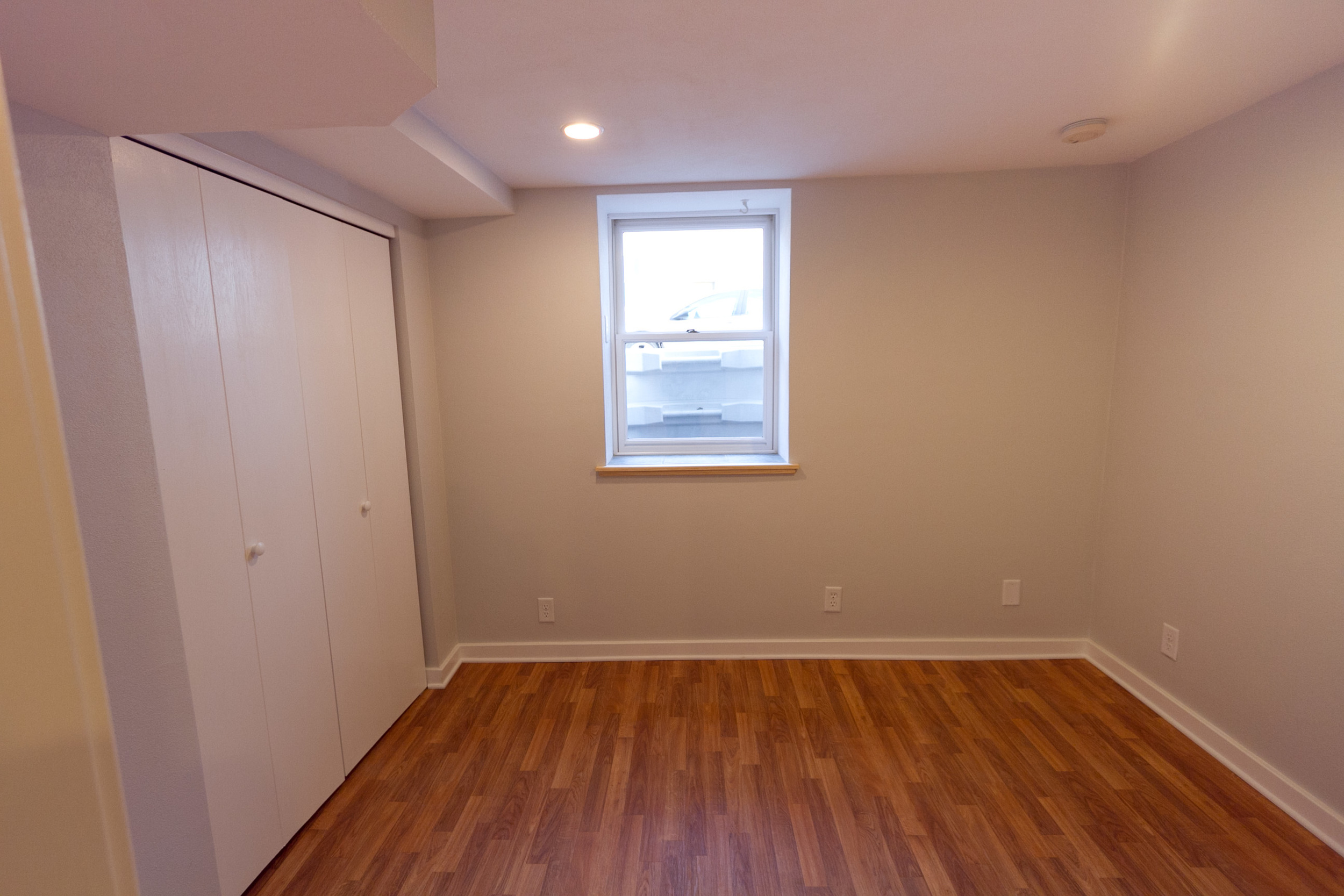Choosing the Right Paint Colors
/ We get questions about paint colors all the time -- painting is one of the first things new homeowners do after they move in (and sometimes its the last thing they do, in staging their homes before they sell!).
We get questions about paint colors all the time -- painting is one of the first things new homeowners do after they move in (and sometimes its the last thing they do, in staging their homes before they sell!).
The fall season can be a great time for interior painting -- so all through October, we'll be rolling out a new post each week that highlights different aspects of interior paint colors and tips for choosing the right paint colors for your home.
To get us started, here are our top 7 tips we share with clients and friends who are looking to explore new paint colors:
1. Determine your personal "color style". Color is a highly personalized thing. Some people hate white walls. Some people are terrified of bold colors. And others want to try something new, but don't know how or where to start. Before you head to the paint store, it's helpful to get a sense of your own personal "color style" (if you don't know this already). Browsing the room and home tours on sites like Apartment Therapy, Houzz, and Pinterest is a great way way to do this, before you invest time in painting.
2. Always try samples first. A color that looks perfect on the swatch card often looks markedly different on the wall. Paint a sample on the wall, then check it throughout the day and evening, to see how it looks in different light. Depending on the store, samples can cost from $3 to $6. It's worth the extra money to make sure you get it right the first time.
3. Pay attention to light. Some colors, especially grays and other neutrals, can change dramatically in different lights. For example, Benjamin Moore's Gray Owl (one of our favorites) is a soft gray in indirect light, a soft greenish gray in shadows, and a crisp, pale blue in bright sun.
4. Dark spaces need cool colors or bold colors. Using a warm, pale color in a dark space without much natural light only makes it feel darker and dingier. Lighten up darker spaces with cool neutrals, like Sherwin Williams' First Star, or embrace the dark with a bold, saturated color.
5. Use coordinating colors in different rooms. There's no need to fear using different colors in adjacent rooms, regardless of their size. Tools like Sherwin Williams' HGTV Color Palettes and Benjamin Moore's Color Stories can help you choose an overall color palette to use throughout your home.
6. Accent walls can work well in open, modern floor plans -- or in homes that lack built-in architectural interest. Otherwise, stick with the same color throughout each room -- a single color on all four walls can create a more cohesive look.
7. Avoid flat paint finishes. Flat paint can make your walls look old and dull, plus it can be hard to clean. Use eggshell, satin, or even semi-gloss -- the slight shine will make your rooms feel brighter and cleaner, can create the illusion of more natural light, and will make it easier to wipe away any grime. And always use semi-gloss in bathrooms -- its more resistant to steam and water.
Have a paint-related question you'd like us to tackle in an upcoming post? Let us know in the comments section!
Next up, color suggestions for smaller spaces...


